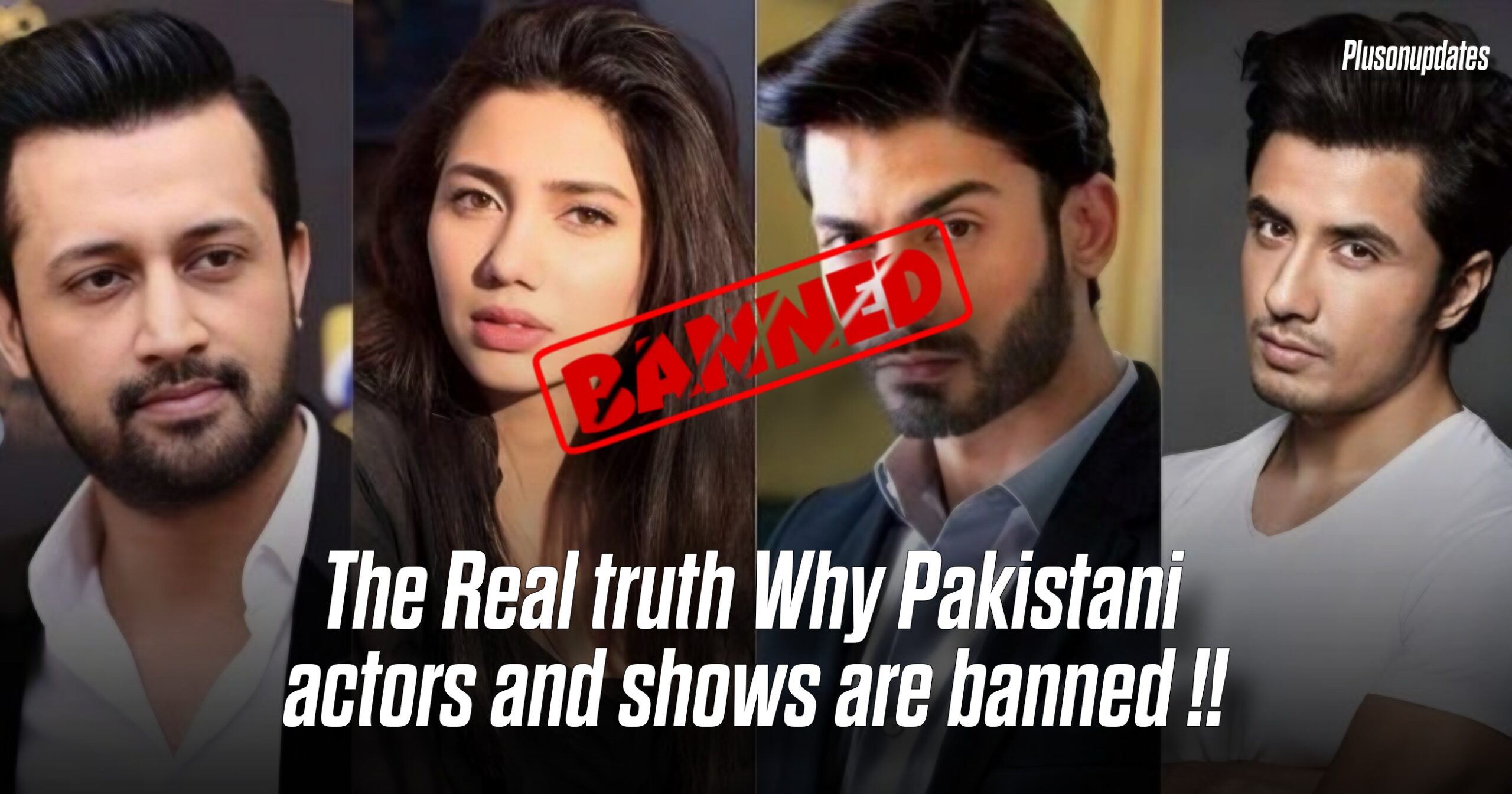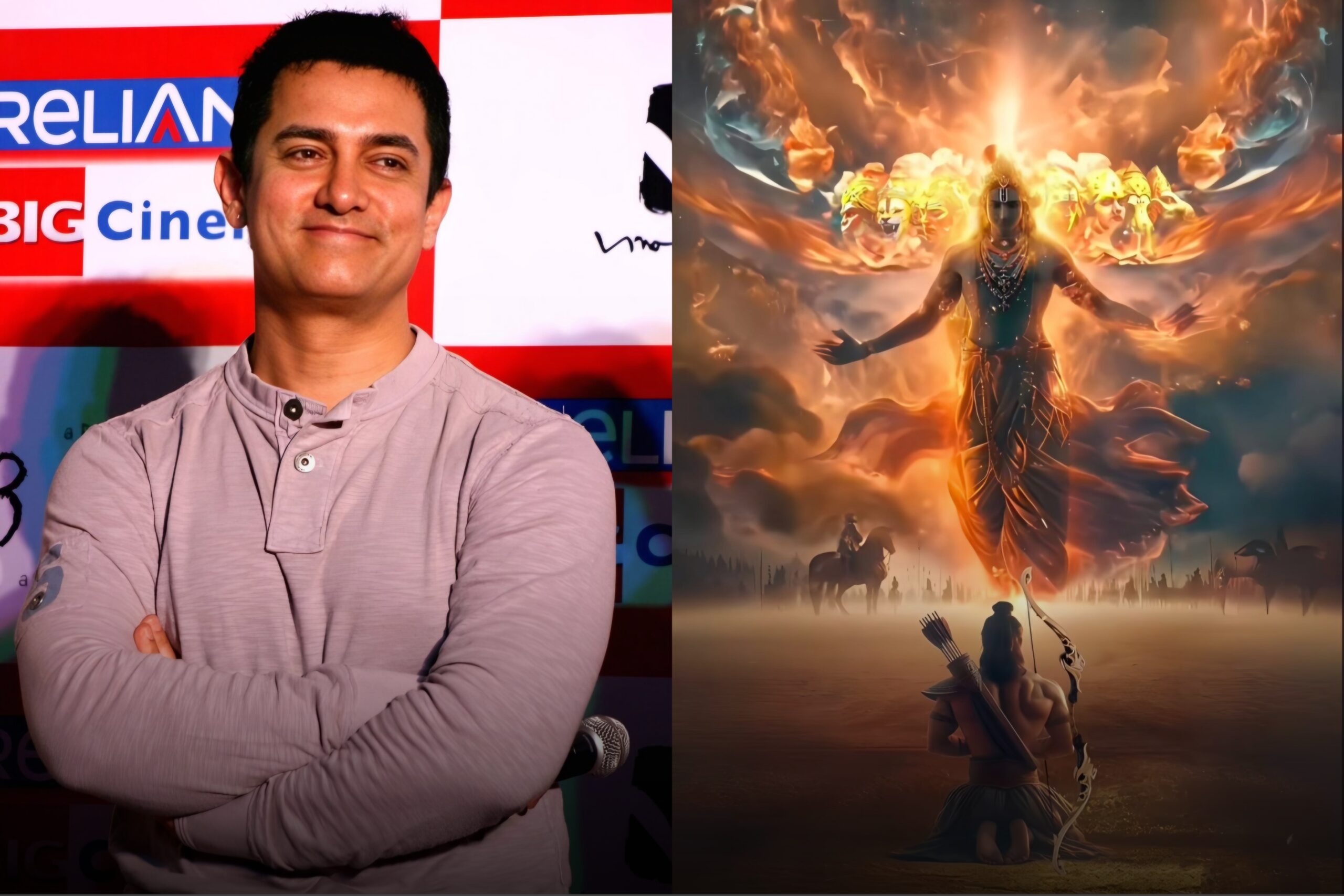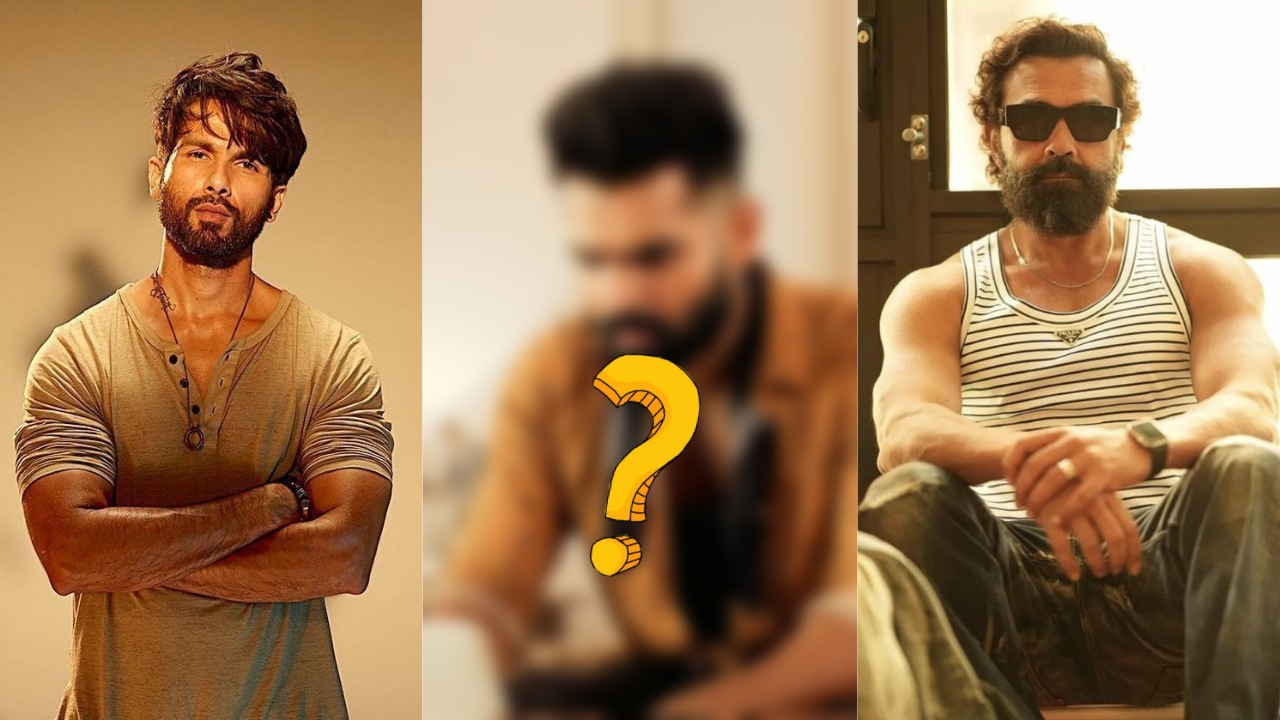The Indian government has taken a drastic step that has rocked the digital media landscape by outlawing all Pakistani content on over-the-top (OTT) platforms, media streaming services, and intermediaries that operate inside Indian borders. Described as a move in the “interest of national security,” the announcement has sparked heated discussions all around the country. Let’s examine the why, when, how, and what of this audacious and contentious choice in detail.

Why Did India Ban Pakistani Content?
This ban is a response to the growing hostilities between the two nations, not just a quick change in policy. The most recent catalyst was the terrorist attack in Pahalgam, Jammu & Kashmir, which was sponsored by Pakistan and claimed the lives of numerous soldiers and civilians. Widespread public outrage and national shock were caused by the incident, which was allegedly planned by a terror group based in Pakistan.
Tensions have reached a near-war level as a result of India’s precision strikes against major terror hotspots along the Line of Control (LoC). “You can’t watch the art of those who sponsor terror on our soil,” the government stated clearly in the midst of this.
Therefore, the ban is a strategic and symbolic retaliation rather than merely a content ban.
The media is a potent instrument, according to government officials, and some Pakistani content was subtly normalizing anti-Indian narratives or negatively portraying the Indian Army. Such content can be harmful during times of armed conflict and national crisis, spreading false information, confusing people, or even influencing young people’s minds.
Furthermore, while Indian soldiers are giving their lives on the battlefield, nationalists and the relatives of martyrs have long questioned the ethics of watching Pakistani content.
This decision, the government says, was inevitable under the current circumstances, to protect not just the physical security of the nation, but also its psychological resilience.
When Did the Ban Happen?

After a private meeting between the Ministry of Electronics and IT, the Ministry of Home Affairs, and security agencies, the official announcement was made public in May 2025. Platforms were given 72 hours to remove all Pakistani content and guarantee that no new uploads coming from Pakistan would be available after the ban was immediately put into effect.
Even though there had been some unofficial advisories and warnings before, this is the first official, cross-platform crackdown that includes:
- OTT streaming services (such as Disney+ Hotstar, Netflix India, and Prime Video India)
- Free platforms (Pocket TV, MX Player)
- YouTube India and other social video platforms
- content aggregators and intermediaries.
How Is This Ban Being Enforced?
The enforcement relies on three layers:
- Direct Platform Compliance: All Indian and India-operating OTT and streaming services are legally bound to remove Pakistani content or face penalties, including bans, delisting from Play Store/App Store, or suspension of digital operations.
- Digital Intermediary Monitoring: Platforms like YouTube and Facebook, operating as intermediaries, must use AI filters and content tagging to block new uploads from Pakistani IPs, accounts, and creators targeting Indian viewers.
- Telecom & ISP Level Control: Internet Service Providers (ISPs) have been instructed to block specific URLs and domains known to host or stream Pakistani content within India.
Furthermore, Digital India Cyber Coordination Centre (CyCord) is actively monitoring violations, and action can be taken under the Information Technology Act, 2000 and Cinematograph Act if required.
Popular Pakistani Dramas and Shows Now Banned in India

Here’s a list of some well-known Pakistani shows and artists that are now blacked out for Indian audiences:
Dramas
- Humsafar (Starring Mahira Khan & Fawad Khan)
- Zindagi Gulzar Hai
- Mere Paas Tum Ho
- Suno Chanda
- Ehd-e-Wafa
- Alif
- Dastaan
- Shehr-e-Zaat
- Bin Roye (Also adapted as a film)
- Sadqay Tumhare
Artists and Actors Affected
- Mahira Khan
- Fawad Khan
- Sajal Aly
- Ahad Raza Mir
- Imran Abbas
- Atif Aslam (Singer)
- Rahat Fateh Ali Khan (Singer)
- Ali Zafar (Actor/Singer)
Many of these personalities had built massive fanbases in India and were often featured in Indian music videos, TV collaborations, or brand endorsements. That’s all gone now — at least officially.
Final Thoughts: What Does This Mean for Viewers and Creators?
For Indian viewers who genuinely appreciated Pakistani storytelling — often praised for its depth, cultural resonance, and strong female leads — this ban feels like a loss. Content creators, too, worry that art and politics should be treated separately, and blanket bans can restrict creative diversity.
On the other hand, nationalist voices are cheering the move, calling it “long overdue” and “a clear message” to platforms trying to bypass accountability in the name of global content.
Many experts argue that OTT platforms will now be more cautious in their content acquisition strategies, with stricter internal compliance and due diligence regarding geopolitical content.
Is This Ban Right or Wrong? That’s a big debate!
Conclusion
India’s ban on Pakistani content across OTT and digital platforms is more than a political decision — it’s a powerful signal in the ongoing India-Pakistan media and ideological standoff. Whether this creates a safer information ecosystem or stifles cultural exchange is something only time will tell.
For now, Indian audiences will have to bid goodbye to cross-border entertainment, at least until there’s a major policy shift or normalization of diplomatic relations.
Your voice matters too — what do you think? Is this a necessary step or a cultural overreaction?
Let’s talk in the comments.



